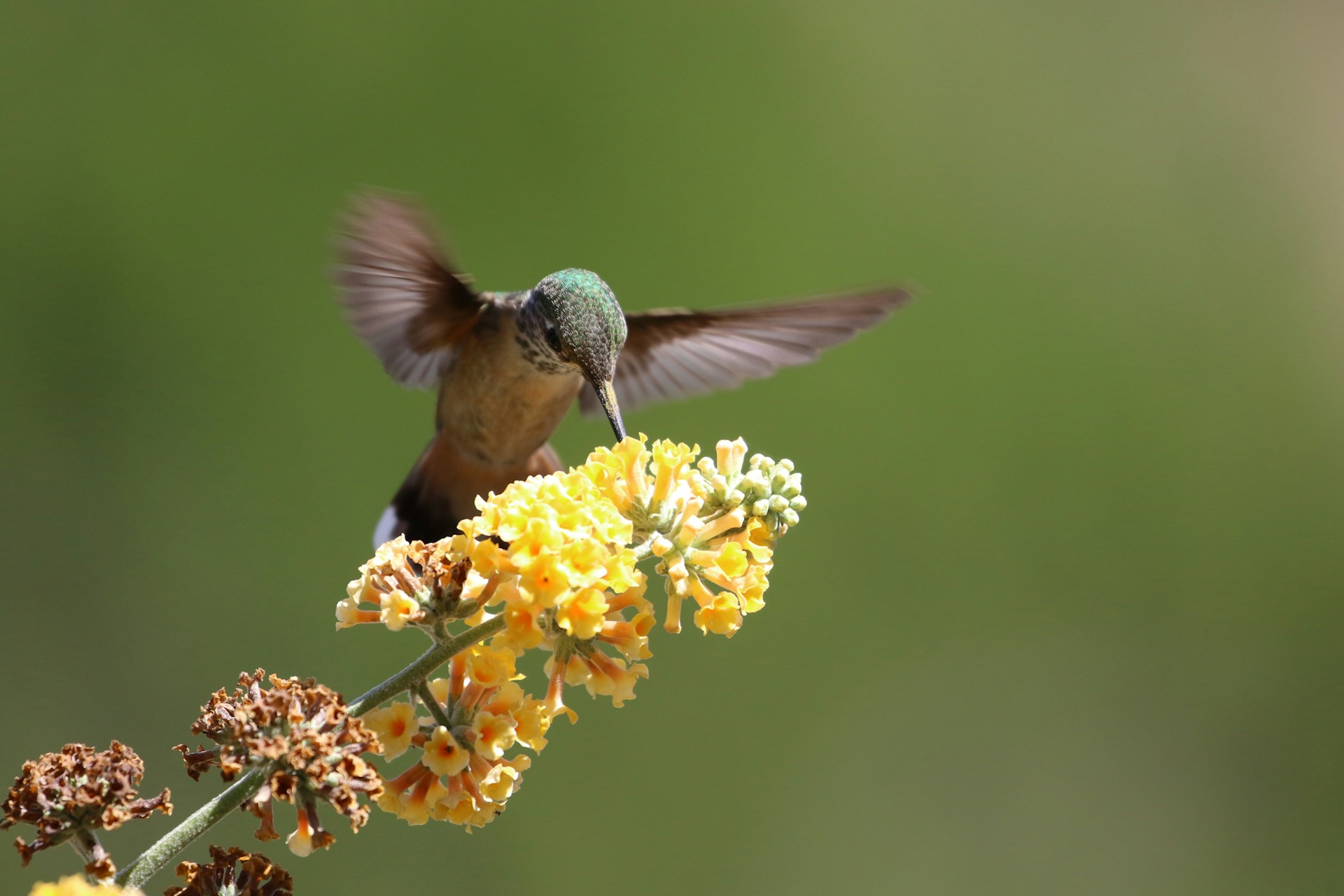Hummingbirds are small, colorful birds with iridescent feathers, often admired for their rapid wings beating, and their ability to hover and fly backward. These remarkable birds play critical ecological roles, particularly as pollinators. The United States is home to various key species of hummingbirds, characterized by their unique breeding habits and preferred habitats. This paper delves into understanding the nesting preferences of hummingbirds, primarily the tree species they favor for nesting, the factors that influence these preferences, and how community involvement can enhance hummingbird habitats. Moreover, the paper investigates the crucial role these preferred trees play in the nesting cycle of hummingbirds and discusses how the geographical distribution of the preferred tree species affects hummingbird nesting.
Nesting Habitats of U.S. Hummingbirds
The United States boasts an abundant variety of hummingbird species, each with distinct breeding habits and unique habitat preferences. Whether it’s the Rivoli’s Hummingbird favoring the Pine-oak forests, the Ruby-throated Hummingbird nesting in urbanized areas, or the Anna’s Hummingbird expanding their habitats due to the planting of exotic flowering trees, hummingbirds exhibit dynamic breeding habits.
The preferred nesting trees for hummingbirds range from deciduous woodlands to the evergreen pine trees. Trees that are particularly favored include oak, hornbeam, birch, poplar, and hackberry. Key characteristics of these preferred trees, such as the availability of slender, often descending branches, significantly influence the selection.
Despite their adaptability, hummingbirds face numerous threats, primarily habitat loss, cat predation, and the potential negative impacts of climate change. However, preservation efforts, community involvement, and a thorough understanding of why hummingbirds favor certain tree species can enable us to protect these vibrant creatures and their habitats.
Influence of Trees and Environment on Hummingbird Breeding
Different trees play a transformative role in the nesting habits of hummingbirds due to various factors, including the structure of tree branches and availability of resources. For instance, Ruby-throated hummingbirds prefer slender branches of deciduous trees for nesting, proving that the physical characteristics of the trees significantly affect nesting habits.
Climate also has an undeniable impact on the birds’ nesting cycle. The timing of nesting, abundance, and the geographical distribution of hummingbirds’ preferred tree species, are greatly influenced by specific climatic and weather patterns.
Hummingbird reproductive behaviors and clutch size (the total number of eggs a bird lays per nesting attempt) further exhibit the profound connection between the environment and species survival. Factors such as the age of the female hummingbird, temperature and time of season, the health of the female, availability of food, and the density of the bird population in the area significantly impact clutch sizes and, consequently, the success of each breeding cycle.
Attracting and Conserving Hummingbirds in Urban Settings
Achieving a harmonious coexistence between hummingbirds and urban environments presents a complex challenge. The bustling urban life often threatens the survival of birds, diminishes habitat availability, and restricts access to their preferred food sources. Therefore, the implementation of adaptive strategies, including tree planting initiatives to attract hummingbirds, is of vital importance.
A cost-effective and sustainable tree-planting plan that considers the optimal mix of tree species, planting density, and arrangement can significantly enhance urban hummingbird habitats. This plan could benefit significantly from the inclusion of trees such as crabapples, eastern redbuds, eucalyptus trees, which are known to attract hummingbirds.
Moreover, community involvement can make a substantial difference in this endeavor. By fostering partnerships at a local level and via collaboration with environmental organizations, urban habitats can be successfully transformed into thriving bird-friendly environments, enhancing hummingbird habitat with community involvement.
Monitoring Hummingbird Activity and Habitats
Continual monitoring of hummingbird activity and habitats is instrumental in evaluating the effectiveness of implemented conservation efforts. Understanding the impacts, observing changes, and adjustments in strategies can be carried out through strategic bird-observation practices and habitat impact assessments.
It is important to promote knowledge sharing and community involvement in monitoring efforts, as they greatly contribute to the success of conservation projects. Conclusively, the protection and enhancement of hummingbird habitats are not only significant for their survival but also promote the well-being of the ecosystem they are a part of. Future research efforts could focus on addressing the potential threats posed by climate change and urban development while continually refining habitat restoration and enhancement strategies, highlighting the importance of communities in conserving these marvelous creatures.

